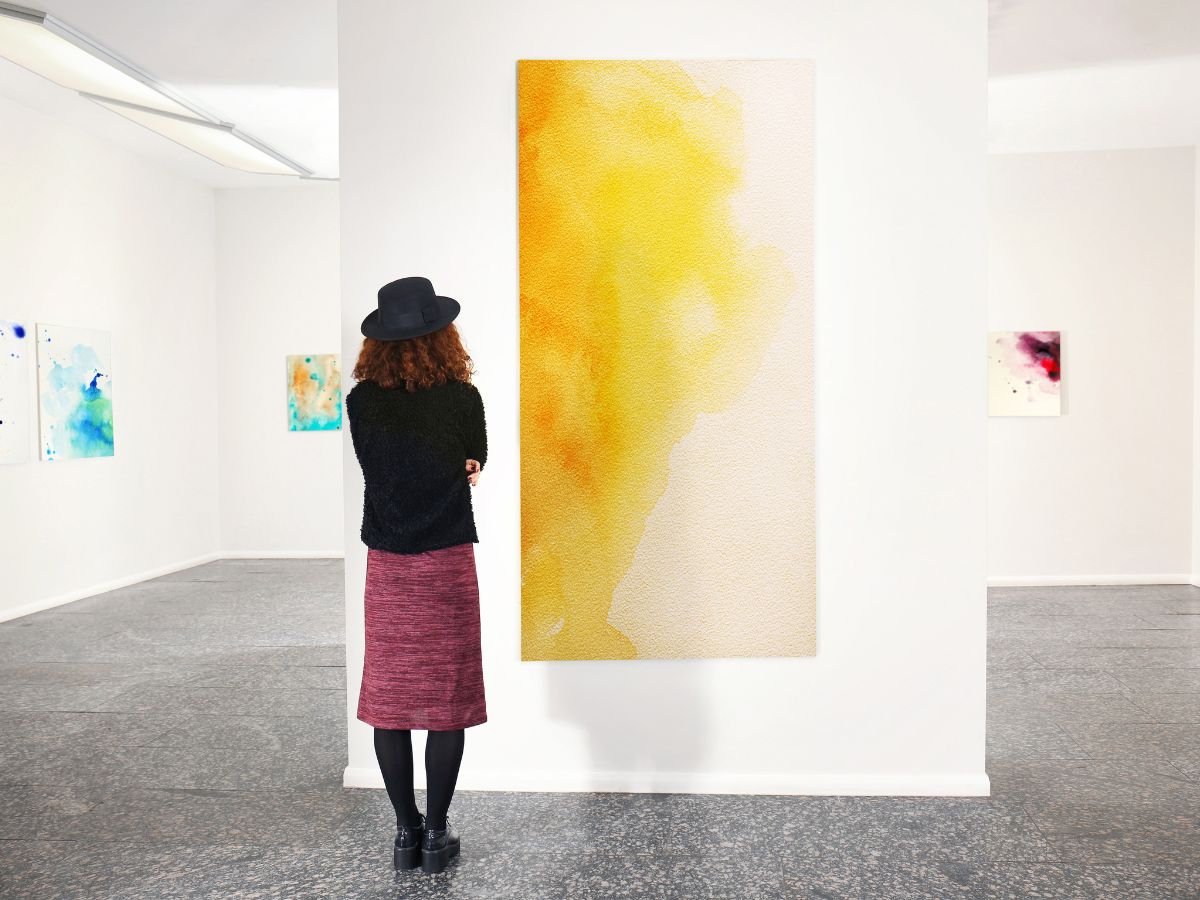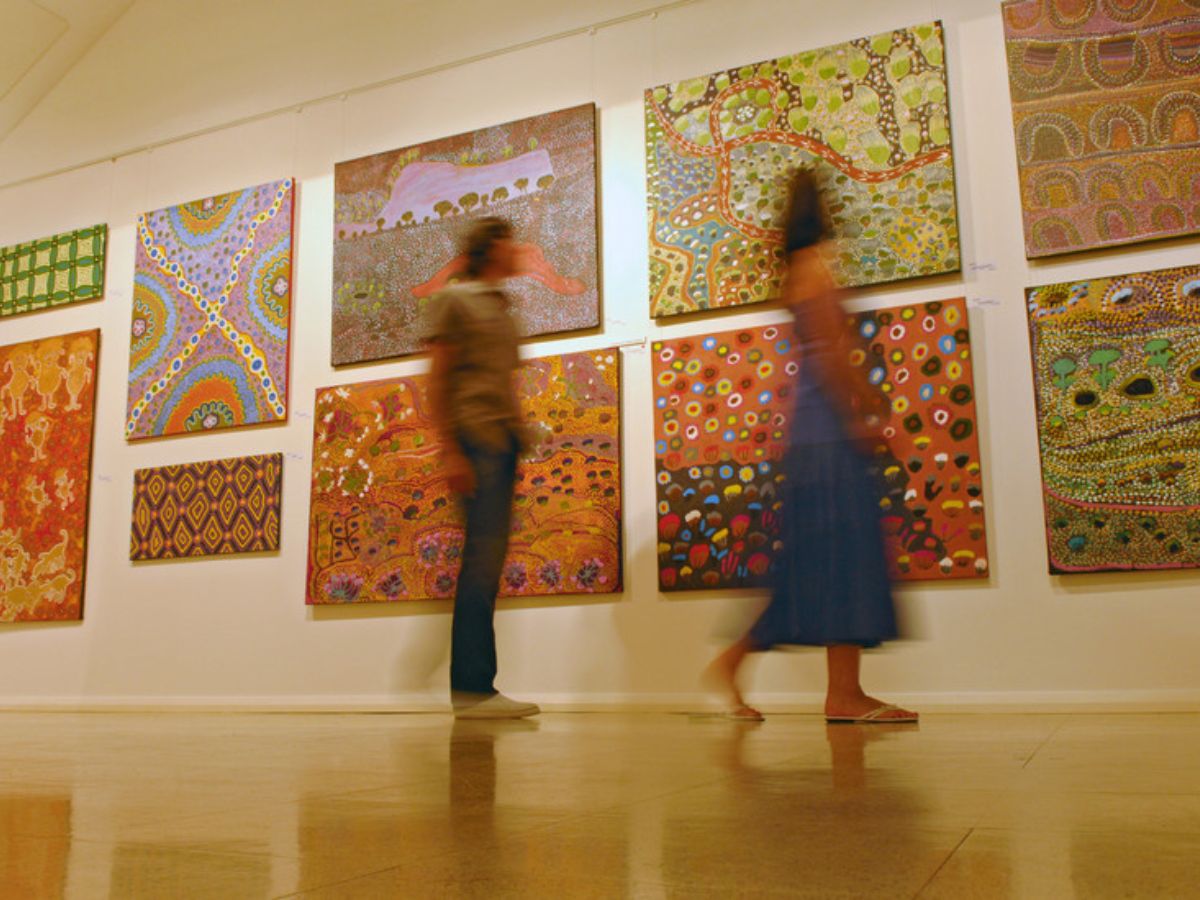
The Significance of Contemporary Art in Modern Society
Contemporary art, often characterized by its diversity, innovation, and responsiveness to current events, plays a crucial role in society today. But why is it so important? To answer this, we must learn how contemporary art acts as a mirror to societal changes, a desire for dialogue, and a force in shaping cultural identities.
1. Reflects Current Society
Contemporary art is important because it reflects and critiques the current state of society. Artists today draw from a wide range of influences, including politics, technology, social movements, and personal experiences, to create works that resonate with the complexities of our time.
For example, the 2024 Venice Biennale is set to highlight diverse voices, including Indigenous artists, reflecting a growing recognition of historically marginalized perspectives in the art world. Such platforms not only give a voice to the unheard but also challenge viewers to confront uncomfortable truths about society and themselves.
2. Stimulates Dialogue on Global Issues
Contemporary art stimulates dialogue by addressing pressing global issues. As the world grapples with challenges like climate change, political polarization, and social inequality, artists are increasingly engaging with these themes in their work.
For example, the upcoming U.S. election year is expected to infuse art with a renewed sense of political urgency. Whether through overtly political statements or subtle critiques, contemporary art often provokes discussion, encouraging audiences to think critically about the world around them.
3. Shapes Cultural Identity
In addition to fostering conversation, contemporary art plays a significant role in shaping cultural identities. In an era where globalization can sometimes lead to cultural homogenization, contemporary art allows for the preservation and celebration of unique cultural narratives.
The growing prominence of Asian art fairs, for example, underscores the importance of regional identities in the global art scene. These events not only showcase local talent but also position Asian artists within the broader context of contemporary art, highlighting the region’s cultural vibrancy and its contribution to the global dialogue.
4. Contributes to the Economy
contemporary art contributes to the economy, particularly through the art market. The global contemporary art market continues to thrive, with new buyers and collectors showing interest in emerging artists. This interest is driven, in part, by the accessibility of contemporary art, which often resonates with the experiences and concerns of a wide audience. Economic data suggests that despite economic fluctuations, the art market remains resilient, reflecting the enduring value placed on contemporary works.
Contemporary art is important because it does more than simply decorate spaces—it reflects our society, challenges our perceptions, and shapes our cultural identities. Whether through addressing global issues, celebrating diverse voices, or contributing to the economy, contemporary art continues to play a pivotal role in shaping our understanding of the world. As we navigate an increasingly complex and interconnected global landscape, the significance of contemporary art will only continue to grow.
